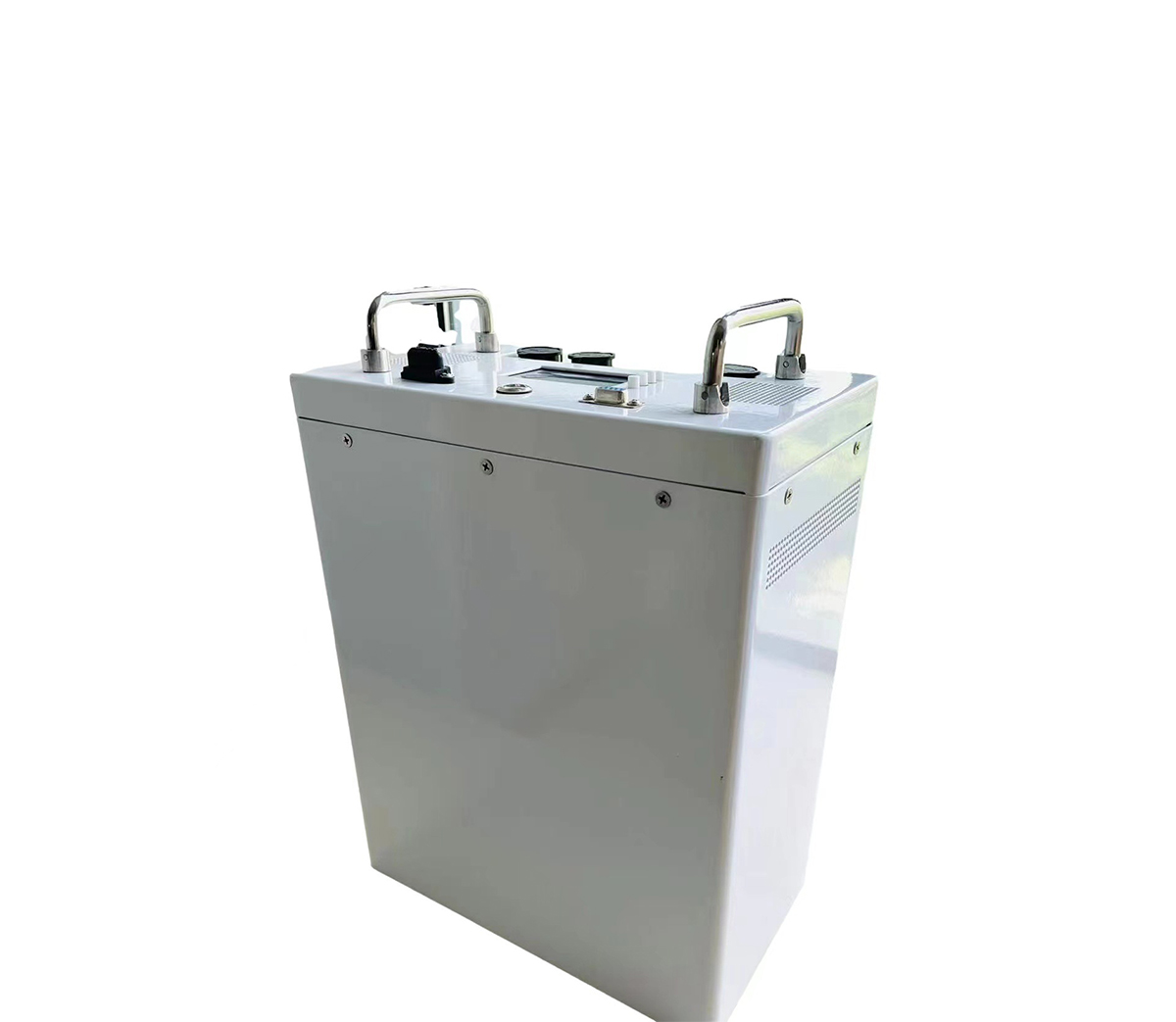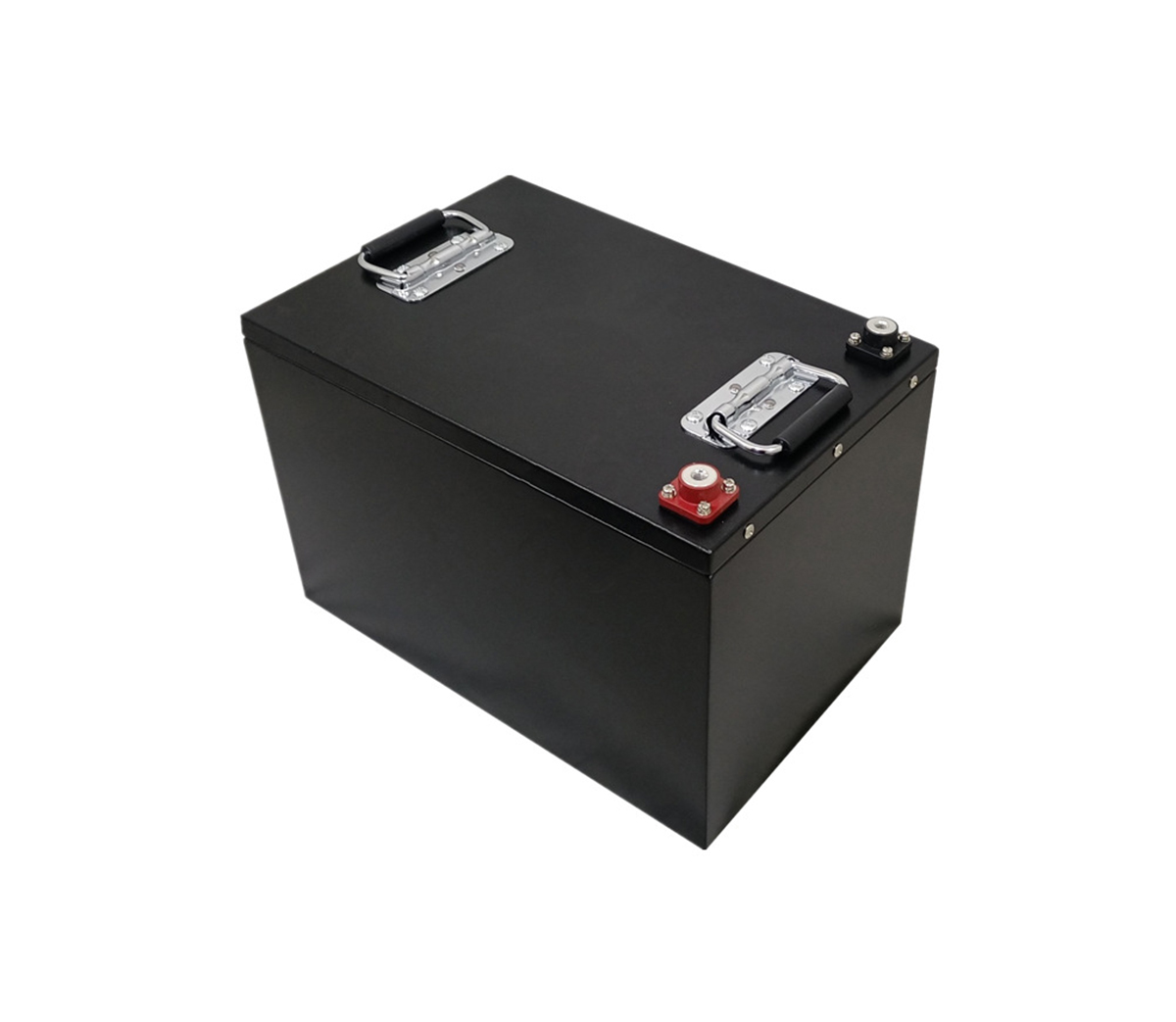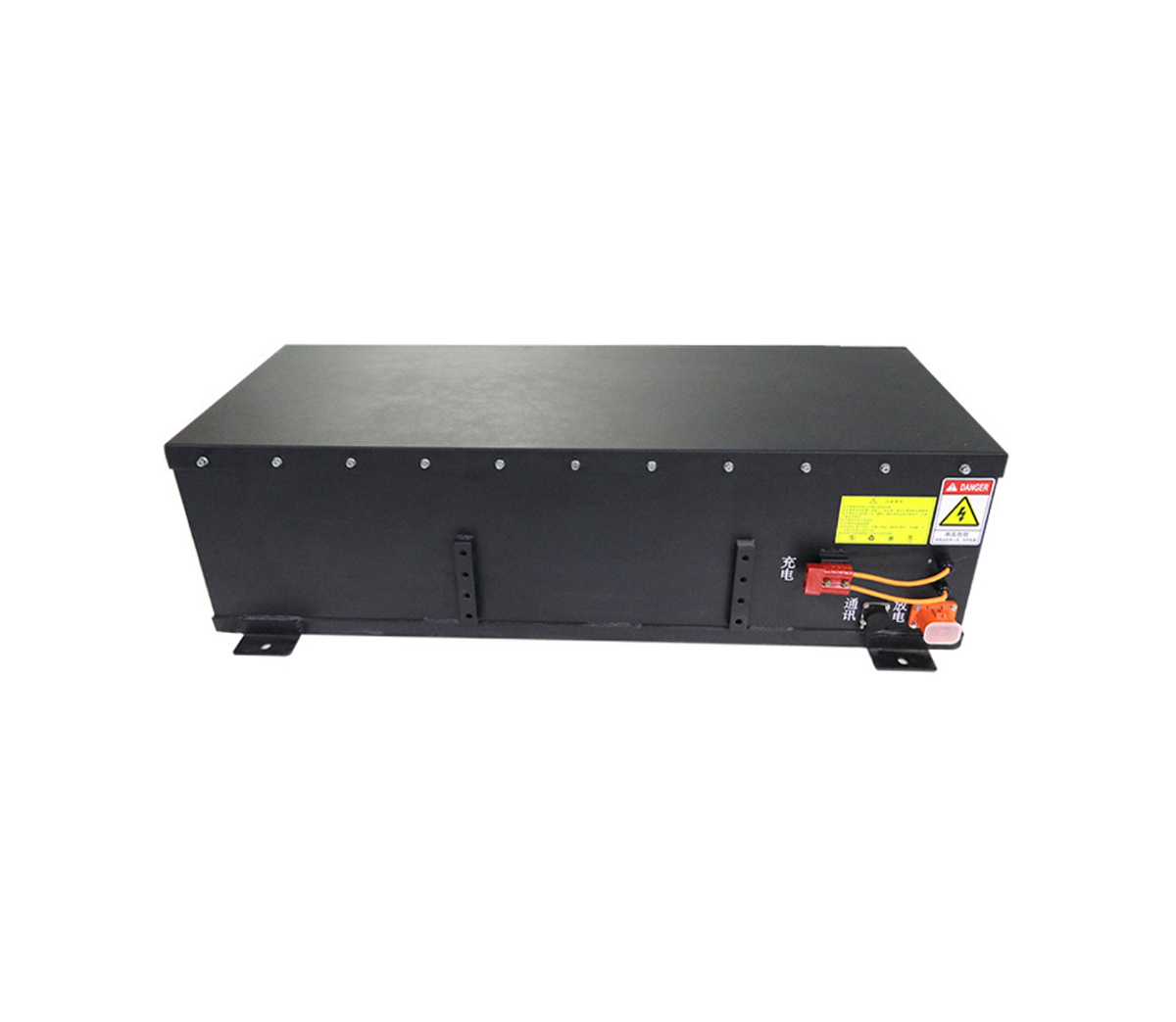
The purpose of the development of electric vehicles is to save energy and
reduce emissions. A powerful automobile country must rely on independent
intellectual property rights to produce self-owned brand electric vehicles with
the lowest energy consumption and the least emissions.
The purpose of developing electric vehicles is to save energy and reduce
emissions. A powerful automobile country must rely on independent intellectual
property rights to produce electric vehicles of its own brand with the lowest
energy consumption and the least emissions. Some electric vehicles only save
fuel, but not necessarily. TESLA was punished in Singapore because of the
pursuit of long-distance mileage and the installation of more batteries. The car
is heavy and consumes more electricity. Therefore, it is necessary to develop
high specific energy batteries.
So how do you do it? The first thing to do is to solve the four major
anxiety problems of high specific energy power batteries. The first is mileage
anxiety, the second is safety anxiety, the third is charging anxiety, and the
fourth is price anxiety. Pure electric vehicles that rely on high subsidies to
promote development are difficult to market, and subsidies are lagging behind.
The longer the mileage and the higher the subsidy, the harder it is to sell
cars. Therefore, to use micro and small pure electric vehicles as a breakthrough
point, the development of large and medium-sized vehicles can be extended by
pure electric drive, and the price of small pure electric vehicles can be
determined by the market.
I mentioned in many reports that electric vehicles developed with lithium
iron phosphate batteries do not require high specific energy batteries, but only
need to install range extenders in pure electric vehicles. The first-generation
range-extended pure electric vehicle is purely to increase the driving range,
that is, to use a generator on a simple pure electric vehicle. The battery
optimization in the pure electric vehicle will be relatively high. The second
generation is that the engine is reduced, and the battery is also reduced, which
not only saves half of the money, but also saves fuel by 50%. The third
generation is an extended-range power generation direct-drive electric vehicle,
that is, the electric motor is directly driven by the vehicle without the
battery. It inherits all the advantages, and further reduces the cost, and the
fuel saving rate is also high. Because there is at least 10% energy loss during
battery charging, it reduces the energy loss relatively.
Some people will say that the increase program still has to burn oil, which
is not the ultimate goal. However, if our country changes from a big automobile
power to a powerful automobile power, the people of the whole country will be
happy. It is necessary to use energy saving and emission reduction as the
horizontal standard to test the technical route of program extension. The
ultimate goal of electric vehicles is not necessarily a pure electric vehicle
that does not burn oil, but is likely to be an extended-range electric vehicle
that does not burn oil or burns alcohol. We need to put into production the
third-generation extended-range electric vehicles to deal with the impact of
subsidies on electric vehicles.
Although the fuel cell has a high specific energy, it is difficult to meet
the requirements of functional changes during driving. Now, I want to talk about
a few issues about fuel cells.
The first problem is the type of fuel cell, because the fuel cell of the
proton exchange membrane is not the best. Here, we should pay attention to the
following points: hydrogen energy efficiency; safe transportation and storage is
not very convenient; fuel cell life is not long, and the price is high; key
material technologies such as membranes need to be improved; platinum resources
are too few, and catalysts need to be developed . Therefore, in the presence of
solid oxide fuel, it is not necessary to burn hydrogen and only natural gas.
However, there are still controversies in the field of electric vehicles.
The second problem is the supply and cost of hydrogen. The process of
hydrogen compression consumes energy and emits carbon dioxide. Therefore, it is
incorrect to say that the hydrogen energy conversion rate is high and hydrogen
energy is clean. However, Qingxue University proposed that 45% of ethanol comes
from the fermentation of sorghum stalks, which can be used not only as feed but
also as wine. This approach has attracted the attention of relevant state
departments and is now being vigorously promoted.
The third problem is the life of PM fuel cell power system. The battery
system is a bit complicated and difficult to maintain. In addition, the air
pollution is serious, and the inputted fuel will produce carbon monoxide. In
addition, the solid particles in the air are also easy to block the system, and
purifying the air will raise the cost and increase the energy consumption, and
the system will be more complicated. Therefore, basic research needs to be done
well in the development of fuel cells.
In short, the technical route of fuel cell electric vehicles is still being
explored. Heavy subsidies and heavy push for PMFC industrialization will result
in fraudulent compensation and waste of resources.
I think that in the future, sustainable low-carbon electric vehicles will
be powered by photovoltaic power and wind power from solar energy to charge the
power battery, and biomass to provide energy to the engine, thus forming an
extended-range electric vehicle. In other words, energy can be provided by solar
energy. Now the country can use solar energy as a reserve, and there will be a
very high ethanol production in the future.
The fourth issue is the development of lithium-sulfur batteries. I think it
can be done soon, but it is difficult to do it well. Because it has five "lows":
low safety, low volumetric specific energy, low discharge rate, low energy
conversion efficiency, and low cycle times. If these problems can be solved, the
power battery problem can be solved. Lithium-sulfur batteries can be used in
places where the size is loose and the weight is strictly limited, for example,
drones can be used.
The fifth problem is lithium-air batteries. Its problem is likely to be
"far can't quench far thirst". Because the energy conversion efficiency of
lithium-air batteries is too low, the lifespan is short, and the specific
function is low. In addition, last year, the Argonne Laboratory in the United
States stopped the research and design of lithium-air batteries, and foreigners’
practices are worthy of our consideration.



































